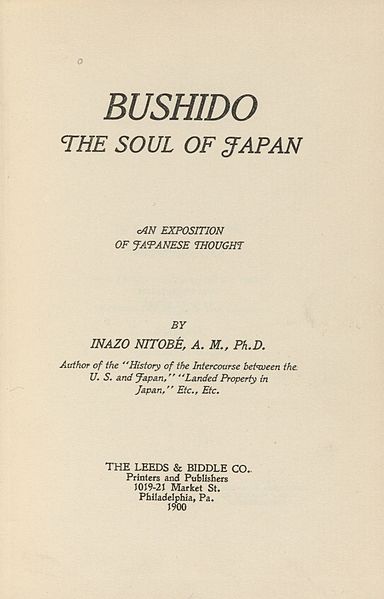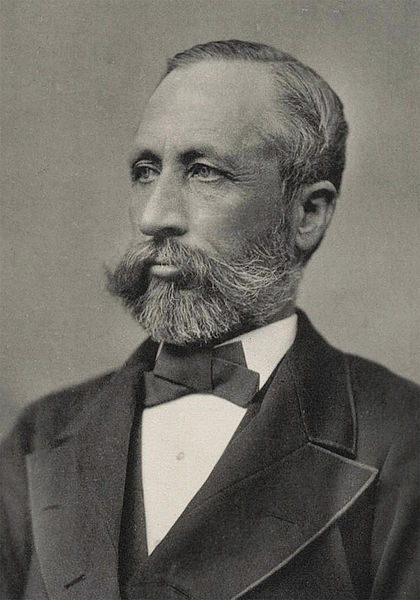Nitobe Inazō was a Japanese agronomist, diplomat, political scientist, politician, and writer. He studied at Sapporo Agricultural College under the influence of its first president William S. Clark and later went to the United States to study agricultural policy. After returning to Japan, he served as a professor at Sapporo Agricultural College, Kyoto Imperial University, and Tokyo Imperial University, and the deputy secretary general of the League of Nations. He also devoted himself to women's education, helping to found the Tsuda Eigaku Juku and serving as the first president of Tokyo Woman's Christian University and president of the Tokyo Women's College of Economics.
Inazō in 1900.
Mary Patterson Elkinton
Inazo and his wife Mary (1932)
Title page of Bushido: The Soul of Japan (1900)
William Smith Clark was an American professor of chemistry, botany, and zoology; a colonel during the American Civil War; and a leader in agricultural education. Raised and schooled in Easthampton, Massachusetts, Clark spent most of his adult life in Amherst, Massachusetts. He graduated from Amherst College in 1848 and obtained a doctorate in chemistry from Georgia Augusta University in Göttingen in 1852. He then served as professor of chemistry at Amherst College from 1852 to 1867. During the Civil War, he was granted leave from Amherst to serve with the 21st Regiment Massachusetts Volunteer Infantry, eventually achieving the rank of colonel and the command of that unit.
William S. Clark c. 1876
Clark with his wife
A brass cannon captured by the 21st Massachusetts Infantry, led by Clark during the Battle of New Bern. It is here shown in Morgan Hall at Amherst College.
Stereograph view of the campus of MAC c. 1875








